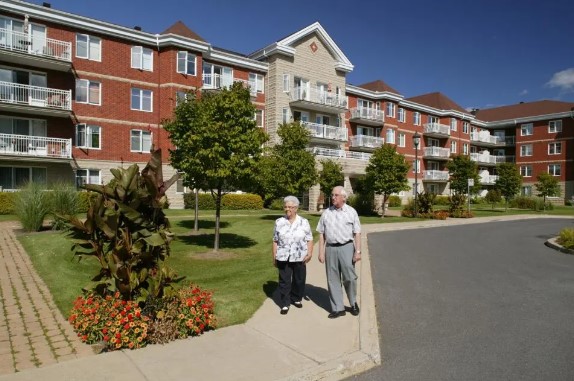Published by Forbes.com | January 31, 2025
The last several years have seen demand outstrip supply of senior housing communities, leading to opportunities for investors willing to surmount the sector's challenges.
If it seems you’re noticing more senior housing communities these days, you’ve got a good eye for development. Retirement communities, along with the older Americans primed to move into them, have increased in number over the past decade.
As commonplace as these communities appear to be, however, the pace at which they’re being developed has fallen off noticeably in recent years. The number of new starts is not keeping up with those coming online. At the same time, the number of seniors looking to move into senior housing has not dropped, and is likely to surge next year, when the very first wave of baby boomers, born in 1946, start entering their 80s.
The supply-demand imbalance is troubling, but also spells opportunity for those investing in the industry. These are among the findings of a recent report from National Investment Center Market Analytics Platform (NIC MAP), which provides market analytics technology and comprehensive market data for the senior housing industry.
Imbalance Created
In 2022, two years after Covid-19 dealt a body blow to the sector, the demand for senior communities began outstripping the supply, a reversal of a near-decade long excess of supply over demand that had existed from 2013 to 2021. That demand-over-supply imbalance has grown in the years since, NIC MAP reports. The report finds the absorption rate in the first quarter of last year soared by 40% vis-à-vis the previous year, while occupancy and employment inched to within 1% to 2% of pre-Covid levels.
As 2025 begins, the senior housing industry finds itself with opportunities as well as a number of headwinds. On one hand, there exists clear and growing demand from older Americans for senior housing. The development of senior housing is generally viewed as a good thing for the nation. What’s more, not only do many older adults want to live in senior communities, the median net worth and income of seniors have grown substantially in the past decade. That’s left greater numbers better able to fund the cost and more likely to view expense as less of an impediment to a move to senior housing.
The sector is expected to face shortages of millions of workers by the 2030s, as well as concerns that wage growth will make it difficult for the industry to keep housing costs reasonable.


